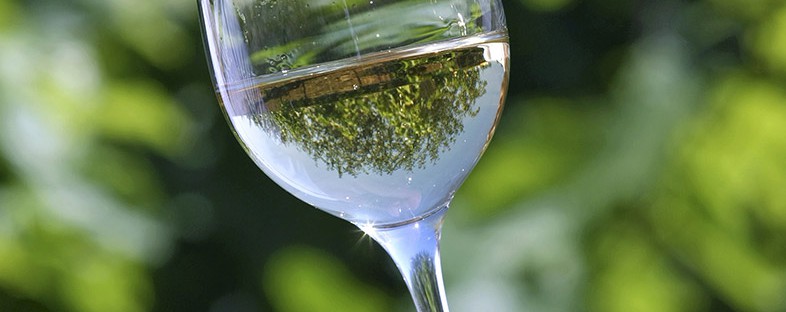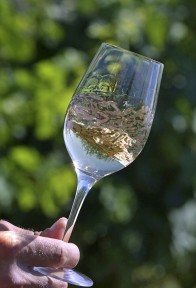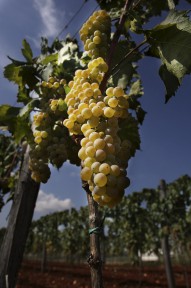Istrian winemakers recognized a long time ago the strength of a brand, placed their product on the market and integrated it successfullyinto the tourist offer of their peninsula. Thanks to such an approach, behind which were years of hard work, the autochthonous Malvazija developed as the most recognized wine in Istria.
In their desire for better marketing and standing, the inhabitants of Istria designed the unique sign IQ (Istrian Quality) which the best quality wines produced from this sort have been bearing for several years. This prestigious stamp, which was developed by the VinistraWine Union in cooperation with the Istrian Development Agency (IDA), implies special regulations determined by strict follow up of production quality, starting from the vineyard, across the cellar to the final product in the bottle. Thus the recognizable top quality product was created and has become a trademark of the Istrian peninsula.
In celebration of the glory of Malvazija, and other sorts that have been cherished for centuries on the Istrian peninsula, during the first weekend of May the Vinistra wine and wine equipment exhibition has been organized for the past 20 years in Poreč where the best world Malvazija are proclaimed and evaluated within the World Malvazija Competition which takes place a few days earlier.
Did you know?
Istrian Malvazija has its own glass. It was created by Georg Riedel, the most famous producer of wine glasses in the world. In his assortment, Riedel has glasses for all significant world sorts and this is his first glass for a Croatian autochthonous sort. A series of workshops preceded the final shape of the glass where 42 wine experts chose the one whose shape emphasized the characteristics of fresh Malvazija– fruitiness, freshness and minerality.
Harmonious wine
The Istrian Malvazija sort renders average strong and very strong wine between 11.5 to 13.5 percent alcohol. It is of moderate acidity, full and harmonious. Its specific and discreet aroma reminds of the odour of the acacia flower, particularly if grapes are from a higher position with plenty of sun. Apples, plums and apricots dominate in the fruit aroma, while the slightly bitter taste of almonds can be felt in the mature wine aroma. The colour varies from yellowish green to straw yellow up to gold yellow tones, depending on the technological procedures of the processing and finishing.







